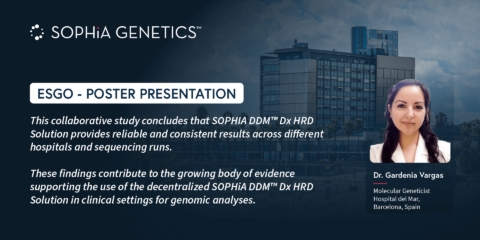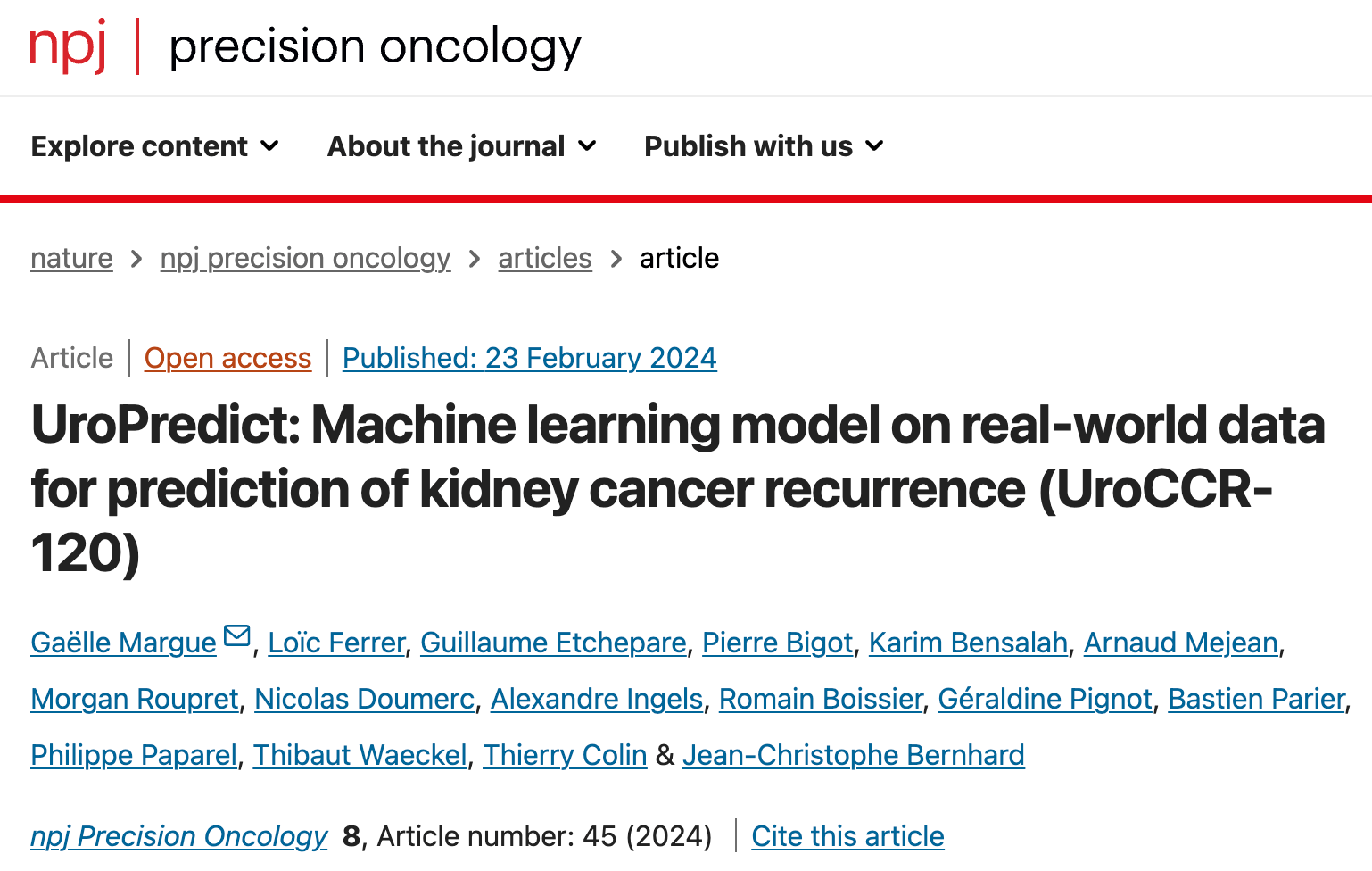Tell us a bit about your role.
I am a Senior Clinical Genomic Variant Analyst at the Broad Clinical Labs – a CLIA/CAP certified lab at Broad Institute of MIT and Harvard. Broad Clinical Labs offers fee-for-service clinical genomic testing, and I am part of the clinical interpretation team for whole genome sequencing. Clinical testing can be ordered from our laboratory by clinicians; our lab performs whole genome sequencing and provides technical genome data and an interpretative report. Our team’s goal is to review the genome data and find reportable variant(s) to share with clinicians.
What type of cases do you work with?
Some of the testing we perform is panel based, but mostly we work with whole genome sequencing data. Because we do not bill insurance, we create relationships with individual institutions or organizations and serve as their sequencing and interpretation partner. Currently, some of the projects we are partnering on include cases focused on rare disease, a CICU cohort, and neurodevelopmental disorders. We use Alamut™ Visual Plus as an add-on tool to our existing variant interpretation workflow when we need additional information about an identified variant.
What are the biggest benefits of Alamut™ Visual Plus that help you overcome your variant interpretation challenges?
Seeing and understanding the genomic context that a variant exists within can be critical for interpretation. Alamut™ Visual Plus makes it easy to see the context at a glance, providing link-outs to other databases for even more detailed information.
Alamut™ Visual Plus is especially helpful when I’m trying to assess the potential impact of splicing. Alamut™ Visual Plus provides calculated splice predictor scores, but I also want to see exactly where in the gene the variant falls in relation to the exon and to visualize the potential impact of exon skipping and whether it’s likely to result in an in-frame or out-of-frame change. Alamut™ Visual Plus makes this easy to visualize.
Can you share an example where this made a difference?
I was recently assessing a splice variant in a gene known to cause a disease that fit with the given phenotype. The variant was +3bp away from a codon, but this alone wasn’t sufficient to make it reportable. After visualizing the splicing impact of the variant within Alamut™ Visual Plus to confirm the potential for out-of-frame exon skipping, I felt more confident to report the variant as a VUS of interest.
Do you have another example where Alamut™ Visual Plus helped you assess a variant?
In another recent case, I had found what looked to be a potentially relevant variant. This variant had been reported using different historical nomenclature in several publications. I came across one paper with a series of cases and variants, that included a variant at both the historic nomenclature and the current nomenclature position. Alamut™ Visual Plus let me easily view and scan the context of the amino acid sequence across different transcripts to appropriately anchor myself to the right reference. This allowed me to confirm I was using correct variant information from this publication in my interpretation.
We’d like to thank Katherine Lafferty for her time and for sharing her experience. We look forward to continuing our conversations with Broad Clinical Labs! Click here to learn more about Alamut™ Visual Plus and request a free trial.













